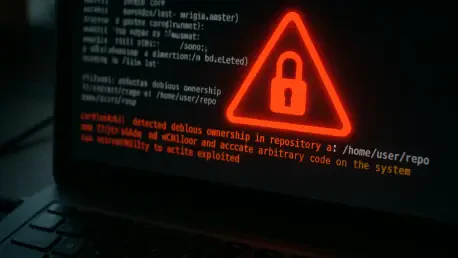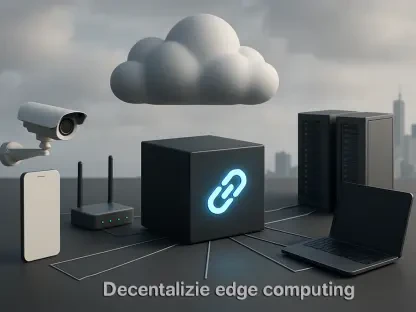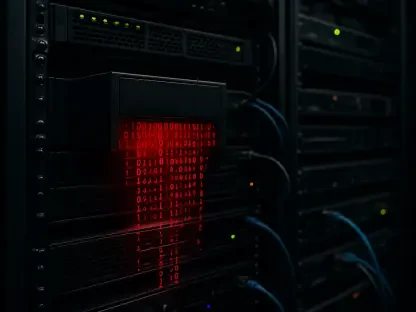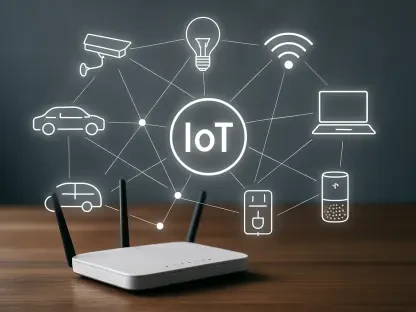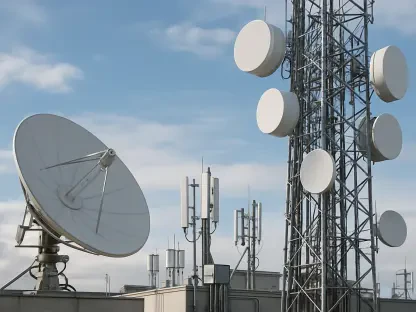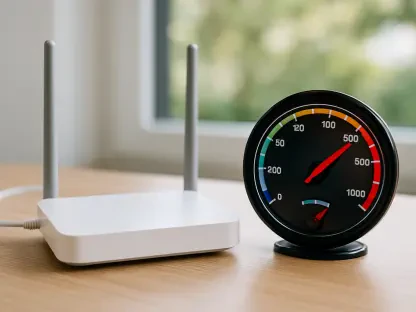In a startling turn of events, Nevada state operations have come to a grinding halt due to a significant network security breach detected in the early hours of a recent Sunday morning, exposing the fragility of digital infrastructure in governmental systems and disrupting essential services. This incident has not only shuttered state offices but also disrupted essential public services, leaving residents scrambling for alternatives. The breach has triggered an urgent response from state authorities, including the Governor’s Technology Office, alongside federal partners such as the FBI, highlighting the gravity of the situation. As technical teams work tirelessly to restore normalcy, the public is left grappling with uncertainty about when services will resume. This unfolding crisis serves as a stark reminder of the critical need for robust cybersecurity measures to protect vital state functions from such debilitating interruptions.
Unraveling the Incident and Immediate Response
Initial Detection and Statewide Shutdown
The network security breach that struck Nevada was first identified in the predawn hours of a Sunday, sending shockwaves through state operations as officials quickly realized the extent of the disruption. By Monday, August 25, Governor Joe Lombardo took the drastic step of ordering the closure of all state offices due to severe network degradation that rendered normal business functions impossible. This closure, initially expected to be temporary, stretched into the following day with indications that offices might remain shut longer as recovery efforts intensify. While emergency services like 911 and Nevada Highway Patrol dispatch lines remain fully operational, the shuttering of administrative functions has created a ripple effect across the state. The prioritization of critical operations reflects a strategic approach to maintaining public safety, even as non-essential services grind to a halt under the weight of this unprecedented technological crisis.
Collaborative Efforts in Crisis Management
As the state grapples with this breach, a coordinated response involving multiple agencies has emerged to tackle the crisis head-on, showcasing a unified front against the disruption. The Governor’s Technology Office is leading the charge, working alongside the Nevada Department of Public Safety and federal partners like the FBI to investigate the incident and restore systems. Technical teams are operating around the clock, employing temporary workarounds to ensure some level of public access where feasible. Transparency remains a key focus, with authorities emphasizing that there is currently no evidence of compromised personally identifiable information, though the investigation is far from complete. This cautious stance aims to prevent the spread of unverified information while maintaining public trust. The involvement of federal expertise underscores the seriousness of the breach, as officials strive to validate systems before resuming full operations, ensuring that safety and security are not sacrificed in the rush to recover.
Impacts and Recovery Outlook
Public Service Disruptions and Mitigation Measures
The fallout from the security breach has profoundly affected Nevadans, with state offices pausing in-person services and many websites and phone lines becoming intermittently unavailable, creating widespread frustration. Residents are advised to retry accessing services later if initial attempts fail and to utilize agency websites or email for non-emergency inquiries as alternative channels. In a bid to lessen the inconvenience, specific measures have been implemented, such as honoring missed DMV appointments as walk-ins over the next two weeks. Meanwhile, administrative and online services of the Nevada Department of Public Safety remain offline, though troopers and officers continue to provide on-duty support to ensure public safety is not compromised. This disruption highlights the dependency on digital systems for routine interactions with state government, exposing vulnerabilities that can leave citizens in limbo during such crises and prompting questions about preparedness for future incidents.
Progress and Challenges in System Restoration
Restoring Nevada’s compromised systems has proven to be a complex endeavor, with recovery efforts revealing both progress and persistent challenges as technical teams work to rebuild trust in the state’s digital infrastructure. The Governor’s Technology Office, in collaboration with local and federal partners, is meticulously validating each system before bringing it back online, a process that has extended beyond initial expectations of resuming normal business by Tuesday. Updates provided outside regular hours reflect the relentless monitoring and response efforts, yet the latest advisories suggest continued closures are likely as the full scope of the breach is assessed. Despite these hurdles, the consistent reassurance that emergency services remain unaffected offers a stabilizing anchor for residents. This ongoing saga underscores the intricate balance between urgency and caution in addressing technological disruptions, as the state prioritizes a thorough and secure recovery over hasty solutions that could risk further vulnerabilities.
Future Considerations for Cybersecurity Resilience
Reflecting on this incident, it has become evident that Nevada’s experience serves as a critical wake-up call for bolstering cybersecurity resilience across governmental operations to prevent similar disruptions in the future. State authorities must prioritize investing in advanced security protocols and regular system audits to identify and address potential weaknesses before they can be exploited. Collaboration with federal agencies and private sector experts has proven invaluable during the crisis, suggesting that sustained partnerships could enhance preparedness moving forward. Public awareness campaigns also play a role in keeping residents informed about accessing services during disruptions, a strategy that needs expansion. As recovery unfolds, the commitment to sharing verified updates through official channels has helped manage public expectations, a practice that should be standardized. Ultimately, this breach has highlighted the necessity of proactive measures to safeguard digital infrastructure, ensuring that public services can withstand the evolving landscape of cyber threats.
